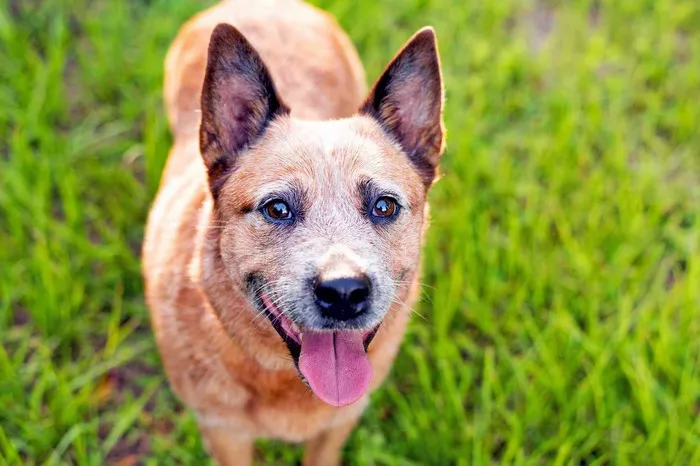The Australian Cattle Dog, also known as the Blue Heeler, is a highly energetic and intelligent breed that was originally bred for herding cattle in the harsh Australian outback. These dogs have unique dietary needs that can vary depending on their age, activity level, and overall health. In this article, we will provide a comprehensive guide to feeding your Australian Cattle Dog, including how many times a day you should feed them and what type of food is best for their health.
Feeding Frequency
The frequency of feeding your Australian Cattle Dog can depend on their age and activity level. Puppies require more frequent feedings than adult dogs, while highly active dogs may require more frequent feedings than sedentary dogs.
For puppies, it is recommended to feed them three to four small meals per day until they are six months old. After six months, you can reduce the number of feedings to two to three times per day.
For adult dogs, it is recommended to feed them two meals per day, one in the morning and one in the evening. However, highly active dogs may require three meals per day to maintain their energy levels.
It is important to note that the total daily amount of food should be divided among the recommended number of feedings to prevent overfeeding and obesity.
Type of Food
The type of food you feed your Australian Cattle Dog can also affect their health and well-being. There are several options for feeding your dog, including commercial dog food, homemade dog food, and raw food diets.
Commercial dog food is a convenient option that provides balanced nutrition for your dog. Look for high-quality dog food that contains real meat as the first ingredient and avoid dog food that contains fillers and artificial preservatives.
Homemade dog food can also be a healthy option if prepared properly. It is important to consult with a veterinarian or canine nutritionist to ensure that the homemade dog food provides balanced nutrition for your dog.
Raw food diets, also known as BARF (biologically appropriate raw food) diets, have become increasingly popular in recent years. These diets consist of raw meat, bones, and vegetables. While raw food diets can provide balanced nutrition for dogs, it is important to consult with a veterinarian or canine nutritionist to ensure that the diet is appropriate for your dog’s health and well-being.
Portion Size
The portion size of your Australian Cattle Dog’s meals can also affect their health and well-being. Overfeeding can lead to obesity and other health problems, while underfeeding can lead to malnutrition and other health problems.
The appropriate portion size for your dog can depend on their age, weight, and activity level. It is important to follow the feeding guidelines on the dog food packaging or consult with a veterinarian to determine the appropriate portion size for your dog.
It is also important to monitor your dog’s weight and adjust their portion size accordingly. If your dog is gaining weight, reduce their portion size or increase their exercise. If your dog is losing weight, increase their portion size or consult with a veterinarian to ensure that they are healthy.
Water Intake
In addition to food, water intake is also important for the health and well-being of your Australian Cattle Dog. Water helps regulate body temperature, aids in digestion, and flushes out toxins from the body.
It is important to provide your dog with access to clean, fresh water at all times. Make sure to change the water bowl daily and wash it with soap and water to prevent bacteria buildup.
In hot weather, it is important to provide your dog with extra water to prevent dehydration. You can also add ice cubes to the water bowl to keep the water cool.
Treats
Treats can be a great way to reward your Australian Cattle Dog for good behavior or training. However, it is important to limit the amount of treats your dog receives to prevent overfeeding and obesity.
Look for high-quality, low-calorie treats that are made with real meat or vegetables. Avoid treats that contain fillers, artificial preservatives, or excessive amounts of sugar.
It is also important to factor in the calories from treats when determining the appropriate portion size for your dog’s meals.
Conclusion
In conclusion, the frequency, type, and portion size of your Australian Cattle Dog’s meals can affect their health and well-being. Puppies require more frequent feedings than adult dogs, while highly active dogs may require more frequent feedings than sedentary dogs. Commercial dog food, homemade dog food, and raw food diets are all options for feeding your dog, but it is important to ensure that the food provides balanced nutrition. The appropriate portion size for your dog can depend on their age, weight, and activity level, and it is important to monitor your dog’s weight and adjust their portion size accordingly. By providing proper nutrition and portion control, you can help ensure that your Australian Cattle Dog lives a healthy and happy life. Additionally, providing clean and fresh water, limiting treats, and monitoring your dog’s weight are all important factors in maintaining their overall health.


